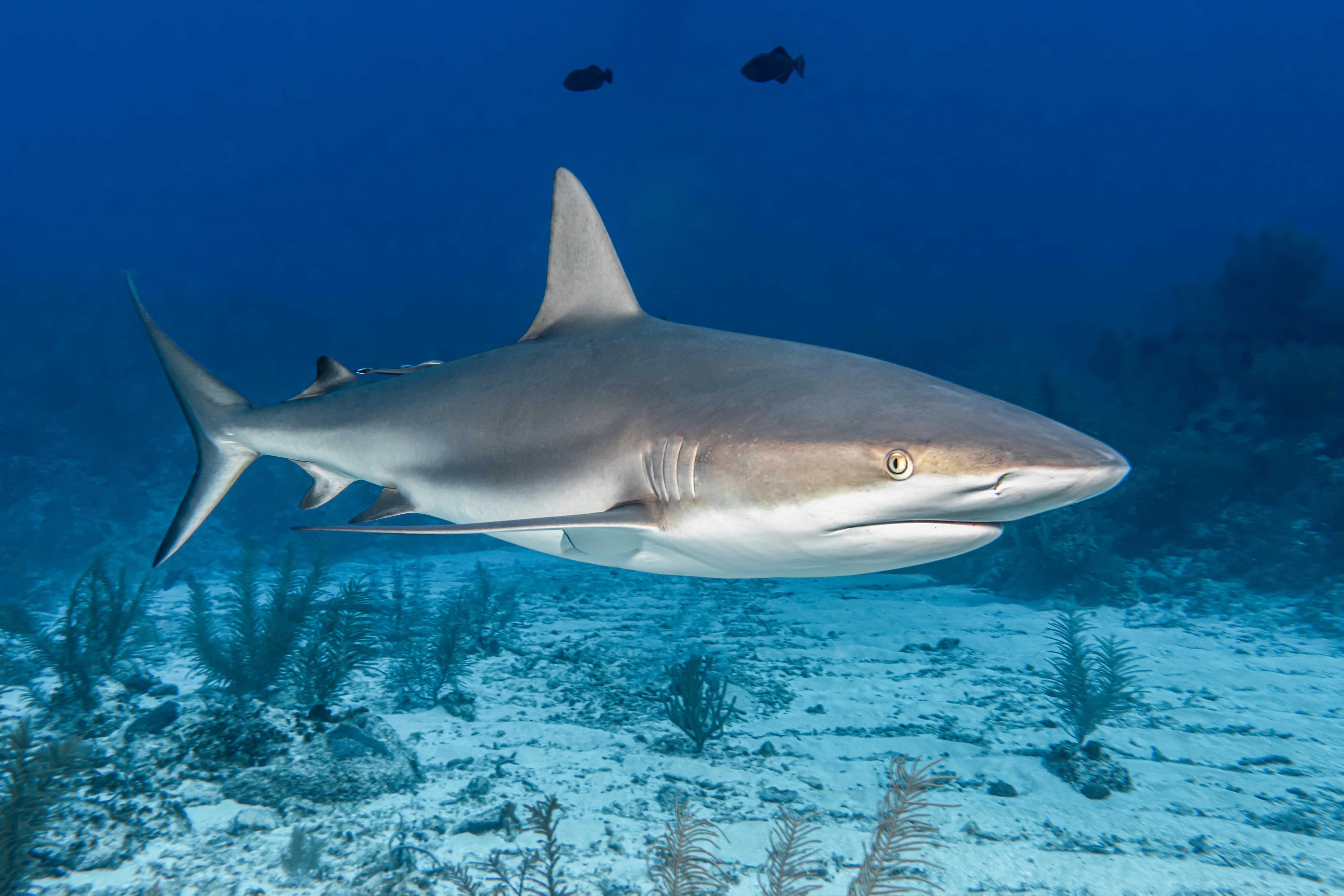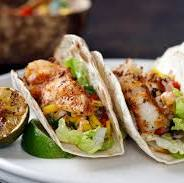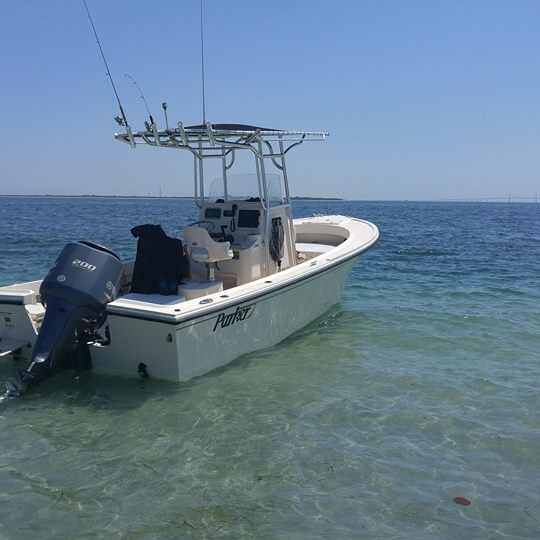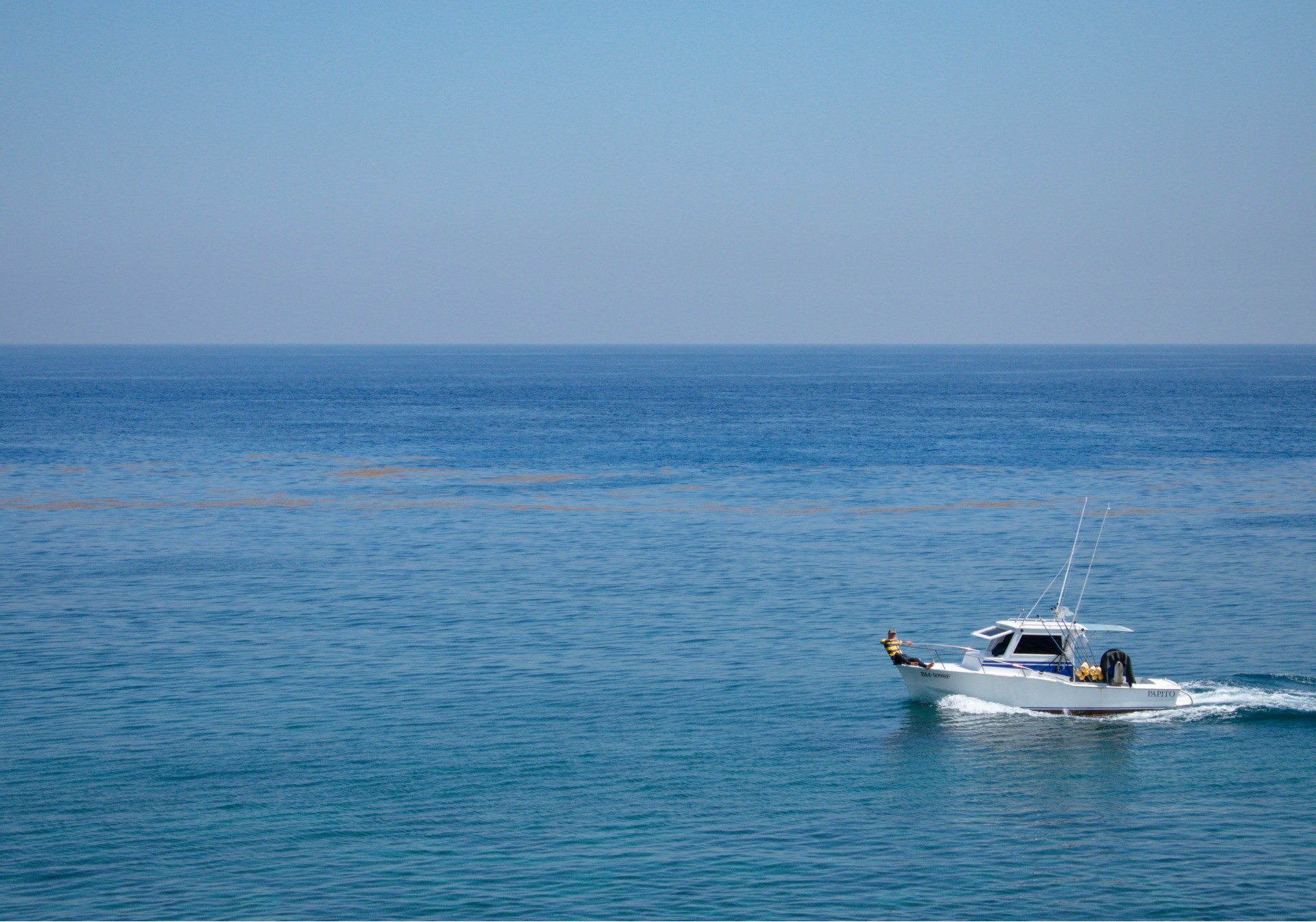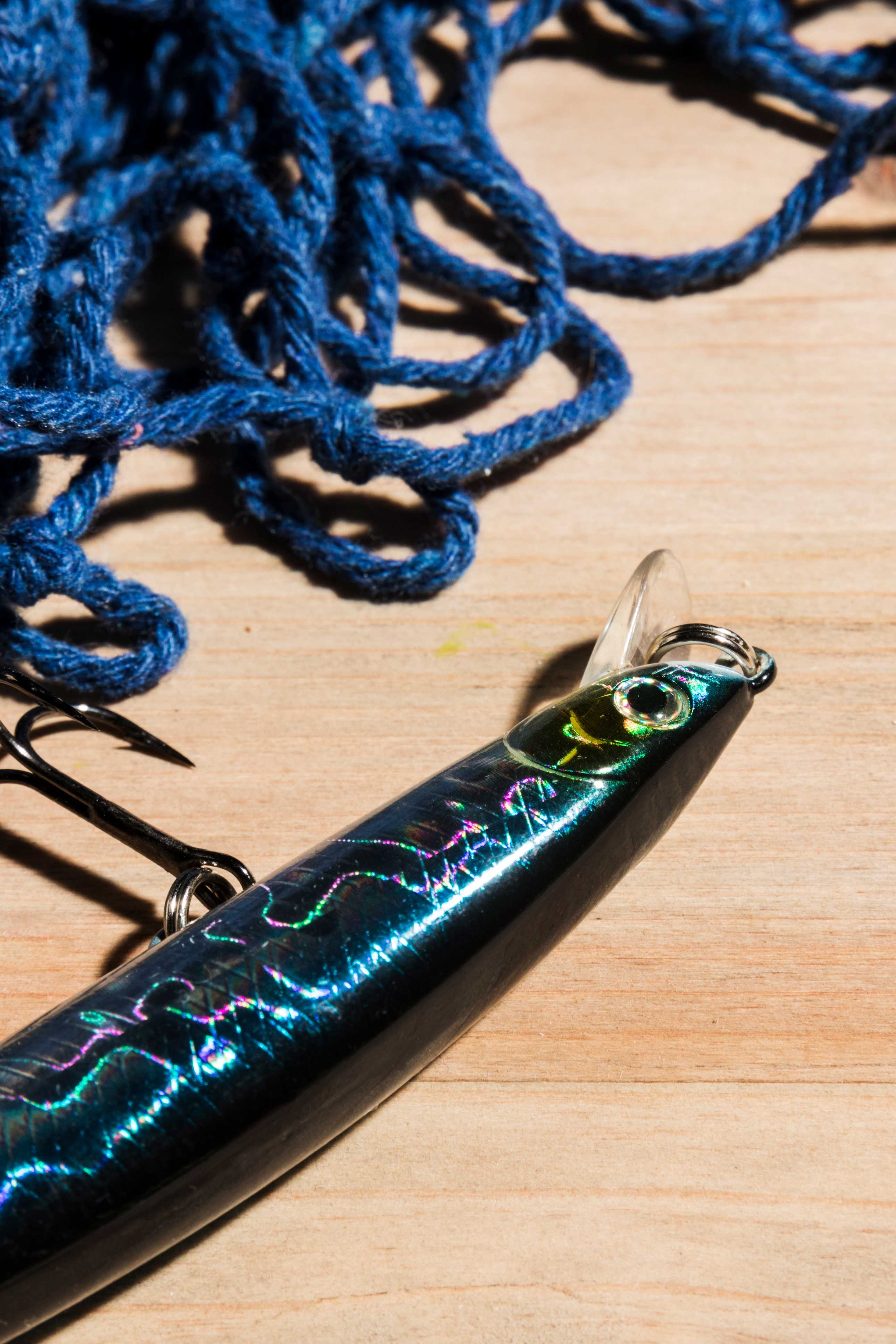How to Catch Pompano in Tampa Bay: The Local Angler’s Guide
If you’ve ever felt the head-shaking fight of a Florida pompano on light tackle, you know why so many Tampa Bay anglers chase this silver prize. Pound for pound, pompano are one of the hardest-fighting fish in our waters — not to mention one of the best-tasting. From the flats to the passes, Tampa Bay offers some of the best pompano fishing in Florida if you know where (and when) to look.
In this guide, we’ll break down everything you need to know — from top spots and seasonal patterns to bait, tackle, and techniques that consistently produce pompano in the Bay.
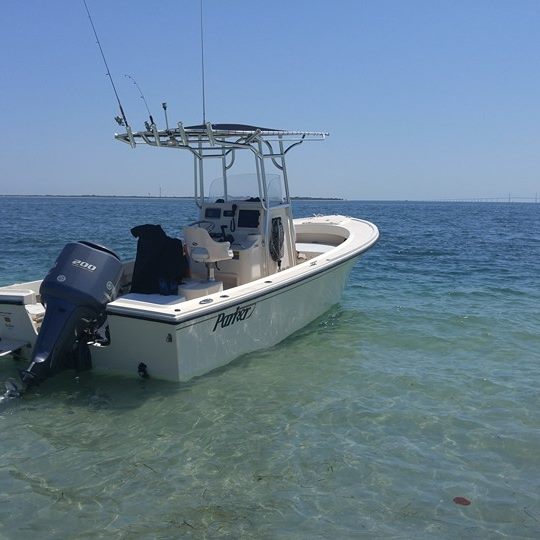
What Makes the Florida Pompano Special
Florida pompano (Trachinotus carolinus) are sleek, fast, and built for cruising shallow surf zones and sandy channels. They average 1–3 pounds in Tampa Bay but can reach 6 pounds — and every ounce fights like ten. Unlike many gamefish, pompano are schooling feeders, often found working sandy bottoms for crabs, shrimp, and sand fleas.
Their runs are explosive, and their table quality is legendary — firm, white, buttery meat that’s prized by chefs statewide.
When to Target Pompano in Tampa Bay
Timing is everything. Pompano migrate with water temperature, so Tampa Bay’s prime pompano windows are:
- Spring: March through May as waters warm into the 70s.
- Fall: October through early December as they return southward.
Look for pompano when the water is clear, slightly choppy, and moving — right after a light cold front can be ideal. Mid-morning incoming tides are often productive, especially when the sun highlights sandbars and drop-offs.
Top Pompano Hotspots in Tampa Bay
You don’t need a boat to find them — many of Tampa Bay’s best pompano spots are accessible from shore or bridge.
1. Skyway Fishing Pier – One of the most consistent producers. Work small jigs near the pilings and around the shadow lines.
2. Fort De Soto Park – Especially around the beach passes and the flats between Bunces Pass and Egmont Channel.
3. Pass-a-Grille & St. Pete Beach – Watch for schools in the surf line and along troughs just off the beach.
4. Anna Maria Island & Coquina Beach – Great for wading or surf casting with jigs and sand fleas.
5. Gandy Bridge & Courtney Campbell Causeway – Productive in early spring, especially near the channel edges.
If you’re boating, drift over sandy drop-offs or along grass/sand transitions in 4–10 feet of water.
Best Baits and Rigs for Pompano
Pompano are visual feeders that love motion and scent, so presentation is key. I use a “Carolina rig when using live bait”. Often times when targeting Pompano in the places I get them we also catch smaller “Permit.”
Natural Baits:
- Sand fleas (mole crabs) – Top choice if you can find them in the surf.
- Live or fresh shrimp – Pinch off the head to release scent.
- Clam strips or Fishbites – Great backup when fleas aren’t available.
Artificial Lures:
- Pompano jigs (½–¾ oz.) – Banana-style jigs in bright yellow, pink, or chartreuse (goofy Jiga).
- Teaser combo rigs – Tie a small fly or feather teaser above your jig for double
Tackle Setup:
- 7’–8’ medium-light spinning rod.
- 2500–3500-size reel spooled with 10–15 lb braid.
- 20 lb fluorocarbon leader (pompano are line-shy).
- Visit the folks at Palmetto Bait and Tackle for the best set up and rod and reel combo
Bounce your jig along the bottom with short hops — pompano strikes often feel like a sharp thump.
Reading the Water
Pompano love moving water over clean sand. When scouting a beach or flat:
- Look for sand ripples and small dips where current funnels food.
- Avoid grassy areas — pompano feed mostly over sand.
- Watch for surface flashes or mud puffs as schools root in the bottom.
On beaches, cast diagonally along the surf line, not straight out, to keep your bait in the strike zone longer.
Regulations and Responsible Fishing
As of 2025, the Florida Fish and Wildlife Conservation Commission (FWC) limits pompano harvest to:
- Minimum size: 11 inches fork length
- Daily bag limit: 6 fish per person
Always check MyFWC.com for current regulations — they can change seasonally. Keep only what you’ll eat, and handle releases gently to protect this valuable inshore fishery.
Cleaning and Cooking Your Catch
If you do keep a few, you’re in for a treat. Pompano are simple to clean and best when cooked fresh — no freezing needed. Try one of these quick favorites:
- Pan-Seared Pompano: Lightly dust fillets with flour, sear in butter and lemon for 2–3 minutes per side.
- Grilled Whole Pompano: Score the skin, stuff with herbs and citrus, and grill over medium heat for a rich, smoky flavor.
Final Thoughts
Whether you’re casting from the Skyway Pier or drifting the flats at Fort De Soto, pompano fishing in Tampa Bay delivers excitement, great eating, and endless learning opportunities. With the right tide, tackle, and technique, you’ll be hooked on this silver speedster in no time.
Grab your rod, pack a few jigs, and get ready — the next pompano run might just be your best day on the Bay.
‹ Back



